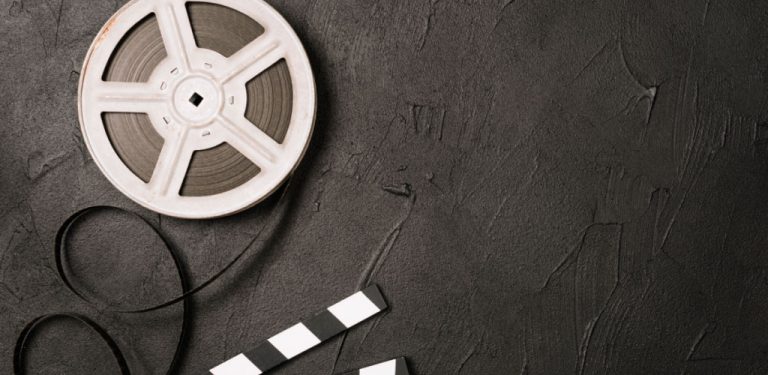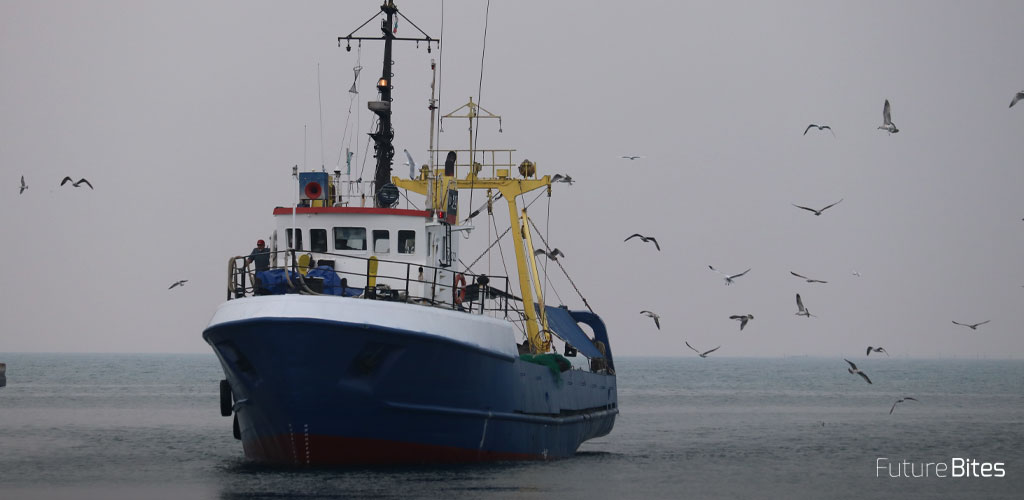A little bit of history
The reform of European copyright law is part of the Digital Single Market strategy, an initiative to create a single framework. This is the case in Europe for the exchange of digital services, unifying the 28 national legislations in a single directive. This reform updates the laws in force since 2001, a time when there were no social networks, no video on demand (unless the Netflix business of sending DVD movies by post was considered as such), and many people still connected to the Internet through modems at the fabulous speed of 56kbps.
The approval of the text has taken more than two years, and has been involved in controversy almost from its origins, leading to a major online campaign against it, supported by the big players in the digital services industry, such as YouTube, which made MEPs aware of the possible risks of getting ahead. Finally, on 26 March, the plenary gave the green light to the directive, and it is now up to the Member States to transpose the measures into national law.
The origin of the controversy
Although the intention behind the adoption of the directive is to protect copyright, criticism of the imposition of a form of censorship and of the restriction of the freedoms and rights of Internet users has been continuous, particularly with regard to former Articles 11 and 13 of the draft, now Articles 15 and 17.
Article 15 and the AEDE canon
Article 15 deals with the protection of press publications with regard to online uses. Press publishers are granted the rights of reproduction and authorisation of their publications for use by information society service providers. In addition, the collection of a part of the revenues received is available.
Initially, the wording of this article was reminiscent of the controversial Canon AEDE, by which the content aggregators were charged for the use of the information at the time and which led to the closure of the Google News service in Spain and that in Germany it was the publishers themselves who waived the fee to be indexed by that service.
The final law states that rights protections will not apply to hyperlinks or the use of short extracts from a publication, so Google will not eventually withdraw the service from Europe, as it initially threatened.
The former Article 13 and the origin of discord
The new Article 17 deals with the obligation for right holders to obtain authorisation by means of a licence for the use of protected works. If this is not obtained, the service providers themselves will be responsible for unauthorised acts of communication to the public, and will have to comply with the notifications from the owners for the removal of such content from their platforms.
While the transfer of such responsibility provides greater security to end users, in practice it requires a heavy investment by providers to establish filters for the control of sensitive material, which has triggered enormous criticism from the digital society and from the service platforms themselves, as it is seen as a method of controlling traffic uploaded to the platforms, and a way of restricting all types of derived content.
Again, the final law clarifies these doubts: Article 17.7) includes a series of exceptions to the control of protected content, such as quotations, reviews, criticism, and parodies, and Article 17.9) specifies that the final decisions to remove content will be made by individuals, so that there will always be a possibility to complain about errors in the algorithms.
Possible consequences and problems
Leaving aside all kinds of conspiracy theories, investment in methods of controlling protected material follows a tangible problem. Since content creators need to be fairly compensated, the technologies used for the creation of content monitoring measures are not yet sufficiently developed to establish sufficiently high reliability standards within the agreed timeframe, and may end up being a source of conflict between copyright owners and digital content generators.
In addition, investment in this type of technology is costly and there is fear that only the technological giants will be able to develop algorithms of the appropriate quality. Thus, many businesses may not be able to get ahead by not being able to assume the implementation costs or may be forced to buy or rent such services from such platforms, making them technologically dependent.
Now what...
After approval by the European Parliament and adoption by the Council of the Union on 9 April, the Member States will have two years to transpose the new copyright directive into their legal systems.
It is only then that the effectiveness of the new measures for the defence of copyright and the control of protected audiovisual content will be demonstrated.
What is certain is that, one way or another, the cat and mouse game will continue between those who really seek to infringe copyright and those who want to put a stop to such practices.












